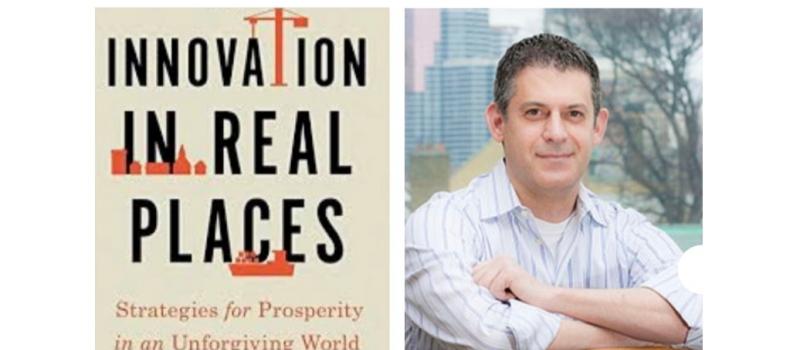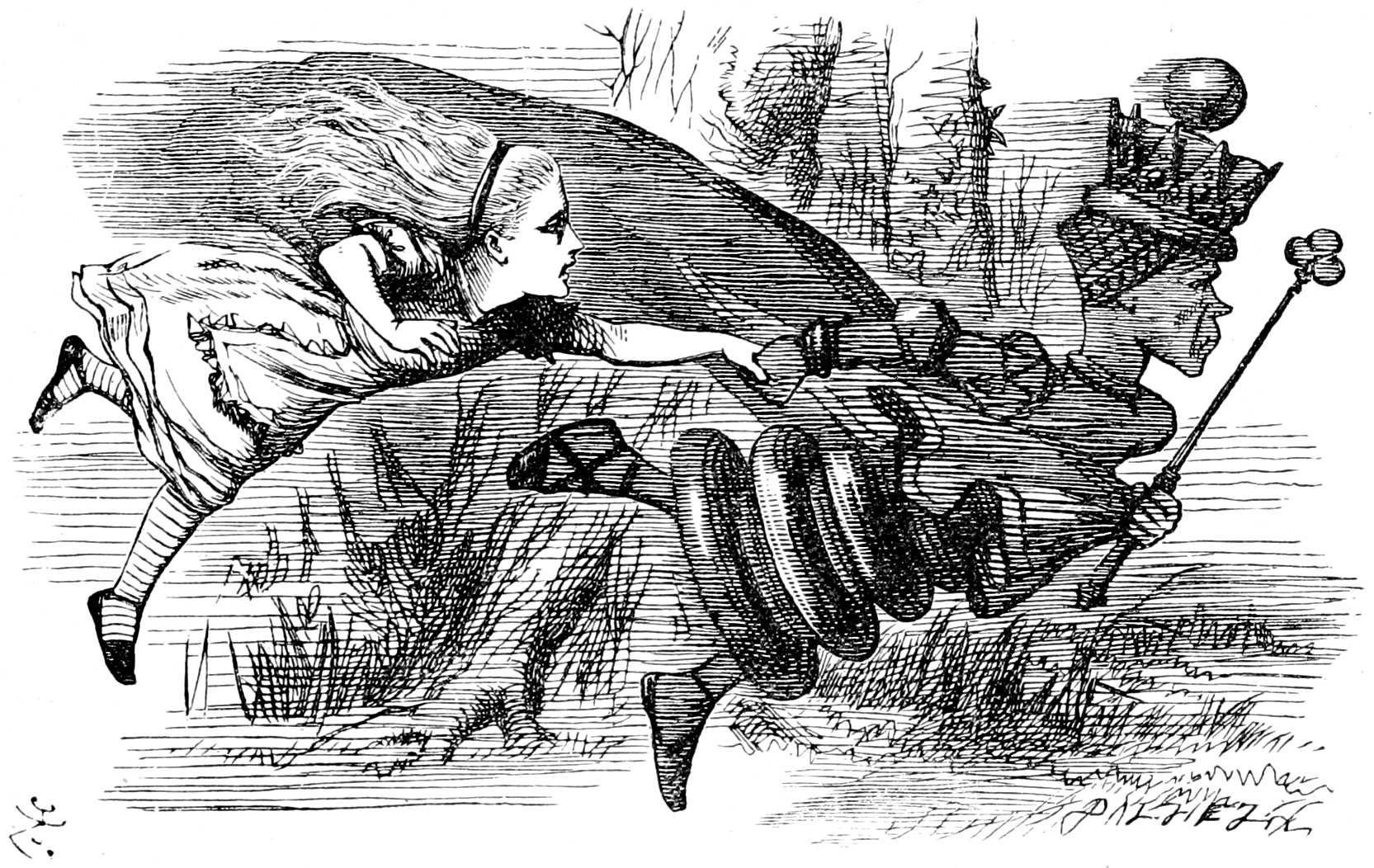Hale Report Podcast Episode 15
Hale Report Podcast Episode 15

Welcome to the Hale Report. This podcast is the second in our 3-part series on "Technology, Innovation & Competition" the new New Economy. My guest is Dan Breznitz, who spoke with me from Toronto, and the topic is innovation. Dan is professor of Innovation Studies at the Munk School of Global Affairs and Public Policy, and of Political Science at the University of Toronto. He is also Co-Director of the Innovation Policy Lab.
His latest book Innovation in Real Places, Strategies for Prosperity in an Unforgiving World, was just published by Oxford University Press. Don’t expect to read what you have already heard about innovation. Dan has an entirely different approach.
I first heard about Dan's work almost exactly ten years ago in May of 2011. Both of us authored books published by Yale University Press that month. Our mutual editor Mike O’Malley thought I would have an interest in the Run of the Red Queen, about coming technology competition with China. Of course I did. I was impressed by Dan’s analysis and asked him to join as a contributor to EconVue a couple of years later. During this podcast we discussed some of his prescient observations from a decade ago, in particular, whether China is no longer running in place, but is now pulling ahead of the pack.
With a combination of data and economic history, Dan shatters the conventional wisdom about innovation. He says innovation is often confused with technology and invention, but is more about process and continuous improvement, something China has excelled at in recent years. Seeking prosperity, the Silicon Valley model of innovation cannot and should not be replicated in other locales with their own unique advantages. Living in the Midwest, I found Innovation in Real Places to be an incredibly optimistic book. We don’t all have to crowd into SV or Austin to achieve happiness. Economic progress is dynamic, and like politics, very local.
If the key to success if differential development, then supply chains are front and center of the innovation debate, where technology rolls out in the real world. I've included a number of links to articles on innovation and supply chains, but my favorite is "Don't Blame the Shipper" which hit close to home. My brother Chris Hughes has been a supply chain executive specializing in packaging for large corporates for his entire career. He will be retiring soon to spend full time time on his painting, a bit on the early side for our family since our mother is still working. But I thought that this might be a good time to ask him to share his thoughts below about a lifetime in the global purchasing arena:
Packaging is a good barometer of economic growth, pricing, and all the issues facing manufacturers ranging from materials to labor. As a veteran in packaging procurement for some of our Fortune 100 companies, my colleagues and our suppliers have never been in a storm quite like this. The next time you are at store grabbing a box of cereal or a bottle of laundry detergent, know that the purchase orders used to buy those items were all issued within 30 days of manufacturing those products. Today, delivery times for carton boxes have gone from 2 weeks to 12-16 weeks and is currently on allocation. Plastic bottles have gone from 2 weeks to 18 weeks, and if it's a pharmaceutical bottle that is more likely up to 23 weeks. Pray that your product is not sold in aluminum cans or glass as that is sold out for 2021-- and get in line for 2022.
So what's causing all these disruptions in the supply chain and what are the effects? As they taught us in economics class in business school, the investigations starts with supply and demand. Demand for household products from disinfectants to food has risen as much as 40% led by large companies that have contractual agreements that push out distributors and the smaller buyers. As we all know with higher demand comes lower supply and with low supply comes higher prices along the entire supply chain. Plastic and paper packaging suppliers are running at best at 85% pre-Covid capacity in spite of the added demand. Many of these manufacturers are in small towns. Add in labor shortages and you are engulfed in a supply chain breakdown.
Increased demand for resin and paper products should invite imports, but that supply chain is stuck in container shortages and reduced dock capacity in California and now Southern China. Trump-era tariffs are still in place and are a deterrent. But it is not all materials shortages. A common thread is labor shortages across all industries from services to manufacturing. Manufacturing has increased wages and sign-on bonuses which will lead to higher costs and higher prices. Today’s supply chain professionals spend their time in daily meetings dealing with shortages, and calling on global sources in search of materials at just about any cost to keep plants running and customers happy. The 2022 outlook is more positive with new investments to increase capacity, but will it come at a price that will drive inflation and increase automation at our factories to reduce dependence on labor.

If you think this all sounds like a race, it is. As Alice in Wonderland said, “Now, here, you see, it takes all the running I can do to keep in the same place." Going back to the theme of Dan Breznitz's book on the Red Queen, I think we can take his literary allusion further. In evolutionary biology the Red Queen hypothesis proposes that species must constantly adapt, evolve, and proliferate in order to survive. Standing still is not an option. It occurs to me that forecasting the future is not the issue. It is understanding the present in which we find ourselves, a place we fell into as unexpectedly as Alice.

